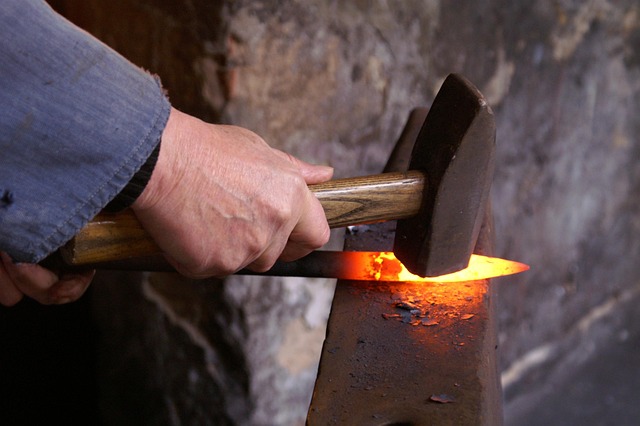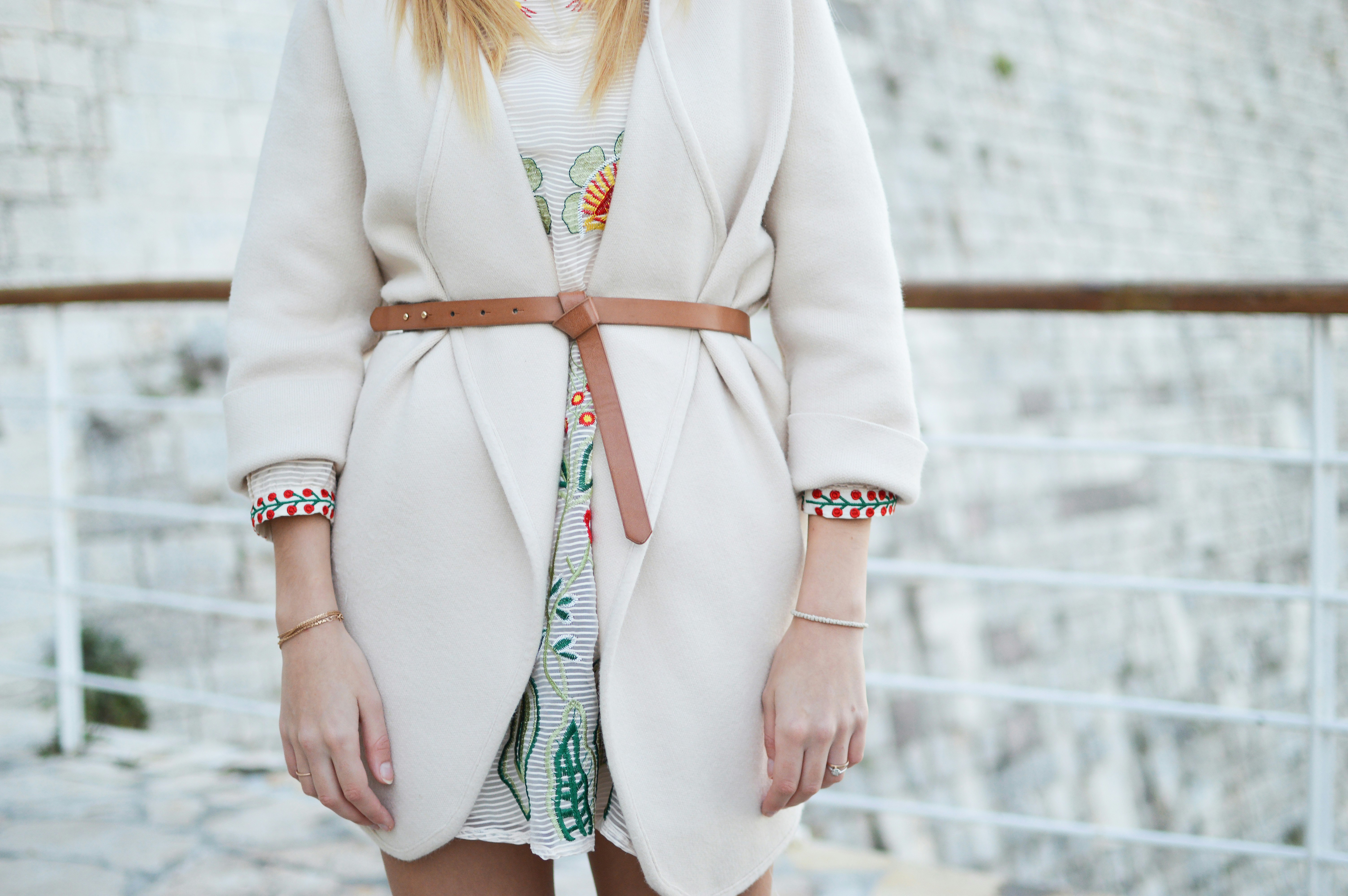The Rustic Elegance of Hand-Forged Iron in Home Decor
In a world of mass-produced furnishings, the raw beauty and timeless appeal of hand-forged iron is making a striking comeback in home decor. This ancient craft, once reserved for utilitarian purposes, is now gracing modern interiors with its unique blend of rugged charm and refined artistry. Let's explore how this age-old technique is breathing new life into contemporary spaces.

The Rich History of Iron Forging
The art of iron forging dates back to ancient civilizations, with evidence of the craft found in artifacts from as early as 1200 BCE. Initially used for creating weapons and tools, iron forging evolved into an essential skill for architectural elements and household items. During the Middle Ages, blacksmiths became revered artisans, their craft integral to the construction of castles, cathedrals, and palaces.
As industrialization took hold, mass production techniques began to overshadow traditional forging methods. However, the unique character and durability of hand-forged items ensured the craft’s survival, often preserved through small-scale artisans and specialty workshops.
The Renaissance of Hand-Forged Iron in Modern Interiors
Today, we’re witnessing a resurgence of interest in hand-forged iron pieces. This revival is driven by a desire for authenticity, craftsmanship, and one-of-a-kind elements in home decor. Modern interior designers are incorporating hand-forged iron in unexpected ways, creating striking contrasts with contemporary materials and sleek lines.
From statement lighting fixtures to custom stair railings, hand-forged iron adds a layer of texture and visual interest that’s hard to replicate with machine-made alternatives. The imperfections and subtle variations in each piece tell a story, adding depth and character to living spaces.
Versatility in Design: From Rustic to Refined
One of the most compelling aspects of hand-forged iron is its versatility. While it’s often associated with rustic or industrial styles, skilled artisans are pushing the boundaries of what’s possible with this material. Delicate, nature-inspired designs can lend an air of sophistication to formal spaces, while bold, geometric patterns complement modern aesthetics.
In kitchens, hand-forged iron pot racks and knife holders blend functionality with artistry. Bedroom spaces benefit from the addition of custom headboards or decorative wall hangings that serve as focal points. Even in bathrooms, iron-framed mirrors and towel racks can add an unexpected touch of elegance.
The Craftsmanship Behind Hand-Forged Iron
The process of hand-forging iron is as captivating as the final product. Unlike cast iron, which is poured into molds, hand-forged iron is heated until malleable and then shaped using hammers, anvils, and other specialized tools. This labor-intensive process allows for a level of customization and detail that’s impossible to achieve with mass-production methods.
Each strike of the hammer leaves its mark, creating subtle textures and patterns that make every piece unique. The skill required to manipulate the metal while maintaining its structural integrity is considerable, often taking years to master. This blend of strength and artistry is what sets hand-forged iron apart from its machine-made counterparts.
Sustainability and Longevity in Home Decor
In an era of increasing environmental awareness, the durability and sustainability of hand-forged iron are significant selling points. Unlike disposable furniture or decor items that quickly end up in landfills, hand-forged iron pieces are built to last generations. With proper care, these items can become family heirlooms, their patina only growing richer with time.
Moreover, the process of hand-forging iron is relatively low-impact compared to large-scale manufacturing. Many artisans source recycled metal, further reducing the environmental footprint of their creations. For homeowners looking to make eco-conscious decor choices, hand-forged iron offers a sustainable alternative to mass-produced items.
Incorporating Hand-Forged Iron into Your Home
For those interested in adding hand-forged iron elements to their decor, there are numerous ways to start small. Cabinet hardware, curtain rods, or decorative wall hooks can introduce the material’s unique texture without overwhelming a space. As confidence grows, larger pieces like coffee tables, console tables, or even custom railings can make a more dramatic statement.
When selecting hand-forged iron pieces, consider the overall style of your space. The versatility of the material means it can complement a wide range of aesthetics, from farmhouse chic to sleek minimalism. Don’t be afraid to mix iron with other materials – the contrast of iron against wood, glass, or soft textiles can create visually striking compositions.
The Future of Hand-Forged Iron in Home Design
As we look to the future, the popularity of hand-forged iron in home decor shows no signs of waning. If anything, the appreciation for artisanal crafts and sustainable design practices is likely to strengthen its appeal. Emerging technologies like 3D modeling are allowing blacksmiths to push the boundaries of their designs, creating increasingly complex and innovative pieces.
The collaboration between traditional blacksmiths and contemporary designers is also yielding exciting results. This fusion of time-honored techniques with modern aesthetics is opening up new possibilities for incorporating hand-forged iron into cutting-edge interior design.
In conclusion, the resurgence of hand-forged iron in home decor represents more than just a passing trend. It’s a return to values of craftsmanship, sustainability, and individuality in our living spaces. As we continue to seek out authentic, meaningful elements for our homes, the timeless allure of hand-forged iron is sure to endure, adding warmth, character, and a touch of rustic elegance to contemporary interiors for years to come.





